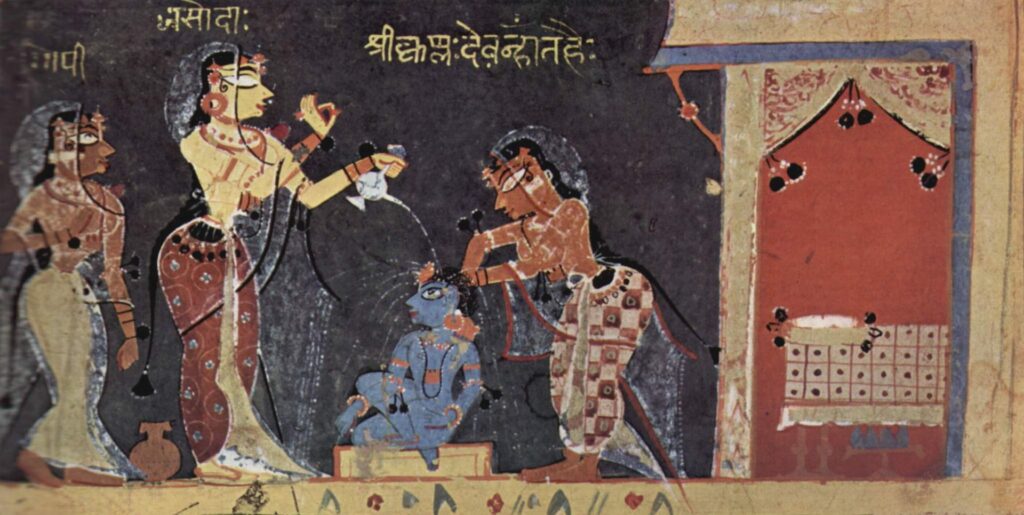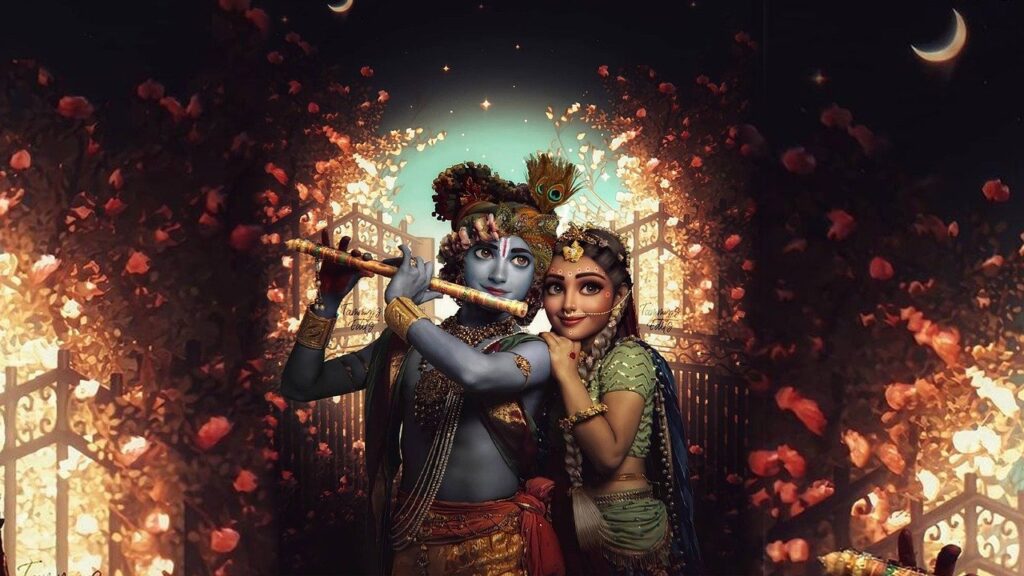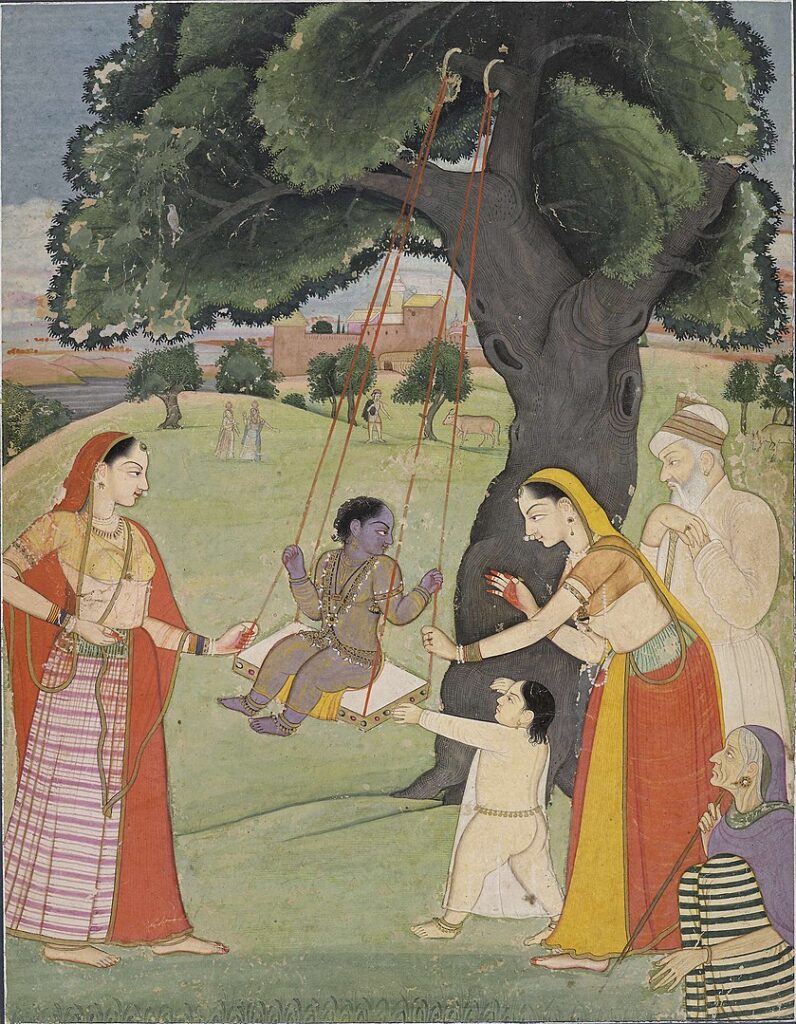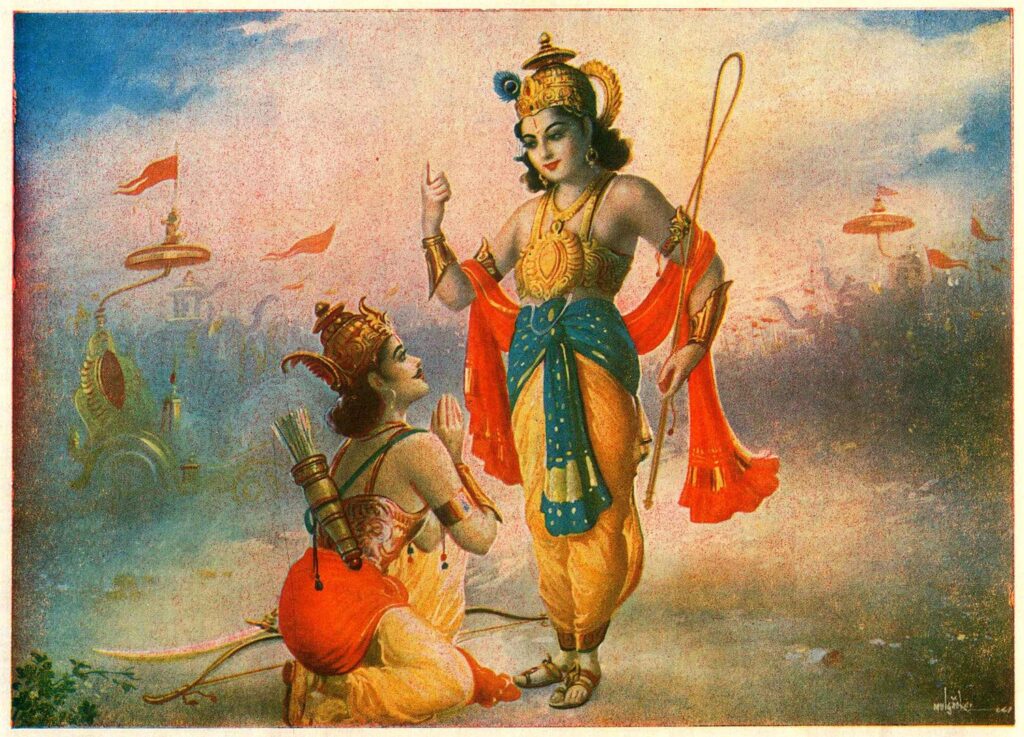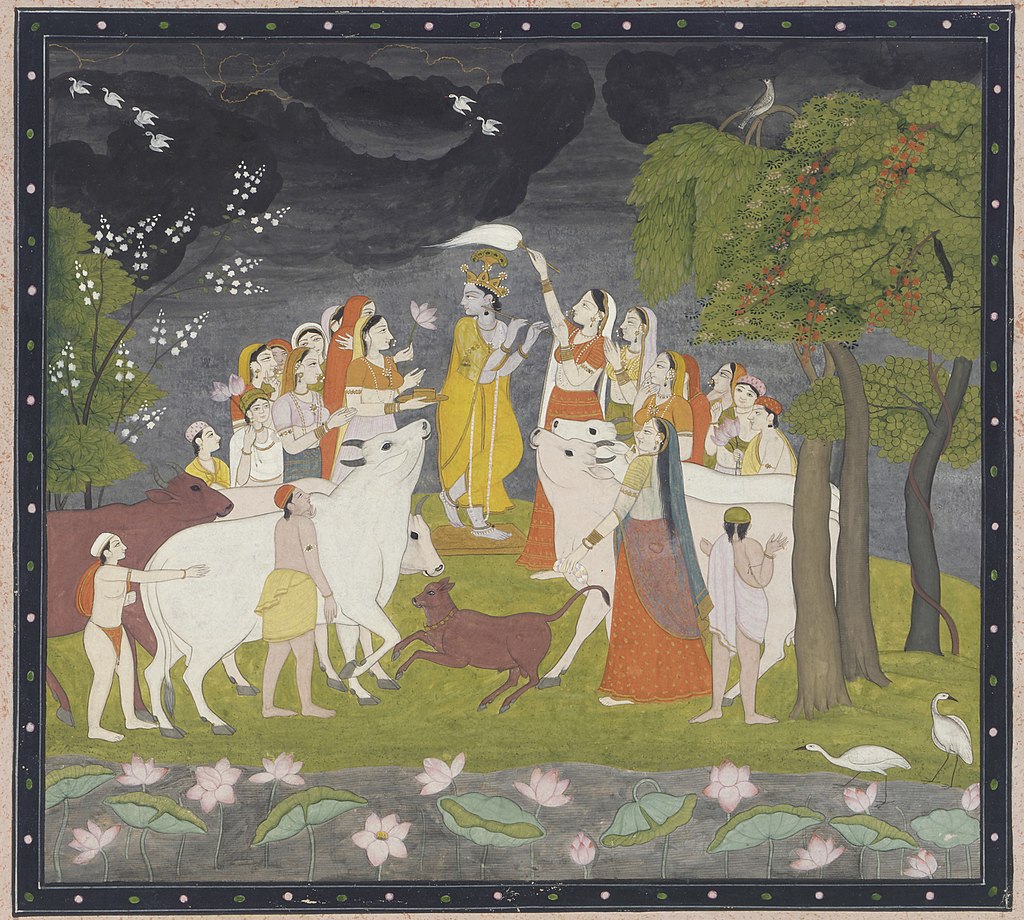
The foremost pilgrimage site of Mathura is the ‘Krishna Janmbhoomi temple’ or ‘Sri Krishna Janmasthan temple’ as it is sometimes referred to. It is built around the prison cell where Lord Krishna was born five thousand years ago. Krishna’s parents Devaki and Vasudeva were imprisoned in this cell by Kansa, the tyrannical brother of Devaki. The temple is said to have been originally built by Vajranabh, Krishna’s great-grandson, to commemorate the appearance of Sri Krishna. But it was later demolished by the invaders. Since then, the temple has been rebuilt and demolished numerous times over the past centuries. The present group of temples is a result of a major renovation project carried out in the 20th century. The temple compound comprises the impressive Keshava Deva temple, with the ‘garbha griha’ (sanctum sanctorum), and the Bhagavata Bhavan. Although the place might come across as ordinary to the casual eye, it is of paramount importance to a spiritual seeker. The birthplace of Krishna, the Supreme Lord, is completely spiritual and free from any traces of material contamination.

